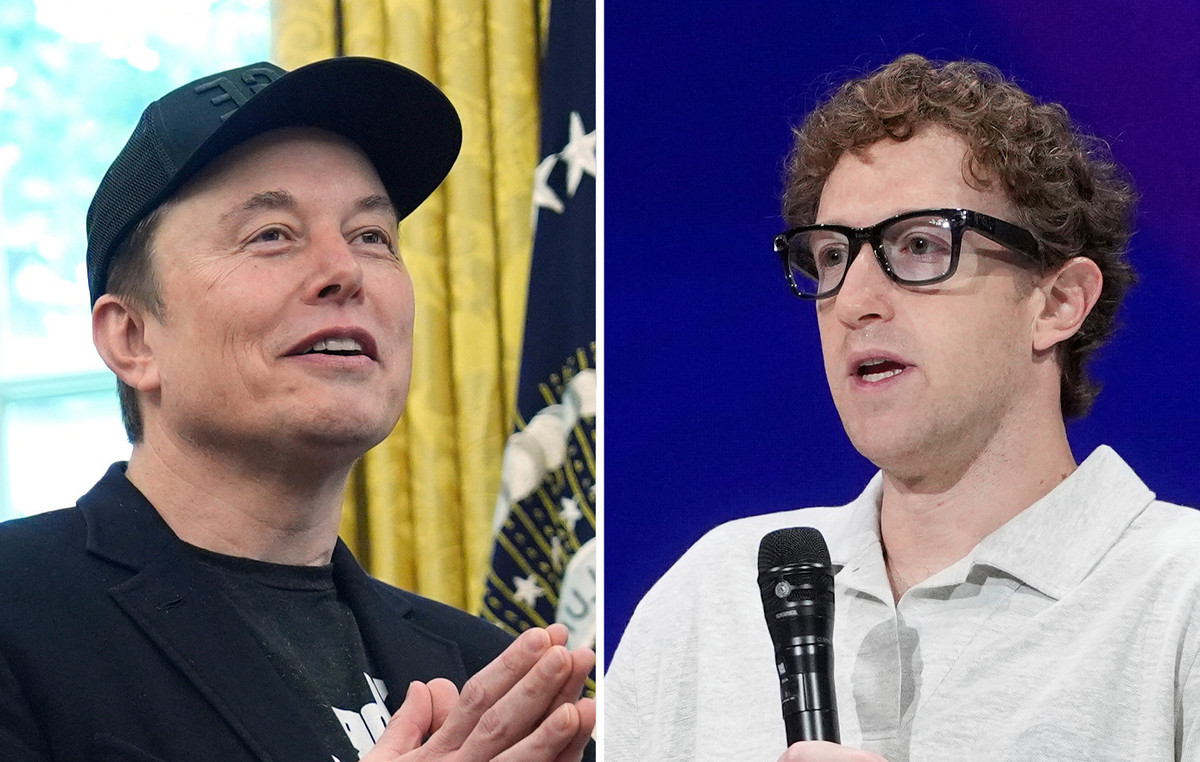TIM Brasil is under new command. Since the end of January, Italian executive Alberto Griselli, 52, has been the operator’s CEO, taking the place of Pietro Labriola, who takes over the TIM Group in Italy.
In his first interview in the position, Griselli says that the hallmark of his management will be the continuity of the strategic plan outlined in the previous administration and emphasizes that “there is no plan to sell TIM Brasil”. “Actually, we are going against the grain, participating in the consolidation of the sector,” he told Estadão.
Check out the main excerpts from the interview below:
What changes in TIM under your command?
We have a robust plan in place and we’ve come a long way. The objective is to make TIM Brasil the best telecommunications operator throughout our three-year plan. That means gaining the lead in very important ways. One of them is customer service, which involves network quality and customer service. Another is to be recognized as the preferred brand in the industry. And the third is to achieve leadership in the ESG (environmental, social and governance) theme.
News recently emerged about the possibility of selling TIM Brasil. Is the company for sale?
No. In fact, Pietro (Labriola) has already made it very clear in his statements as CEO of the group that TIM Brasil is not for sale. In fact, we are in the opposite direction, participating in the consolidation of the sector.
What makes TIM grow today and how to accelerate into the future?
The core business is mobile service. There, growth is moderate, in the mid-single digits, as it is a mature sector. Our differentiation is the change from volume to value strategy, focusing on the quality of service and the profitability of the consumer base.
The second business is broadband, which, for us, is still a small component of revenue, but growing at a faster rate of 15%.
The third element is the customer platform. There are agreements with digital companies with high growth potential. We offer our brand, customer base and commercial channels to accelerate the growth of these companies.
In return, our client gains a richer portfolio, offering financial services and education, for example, where we have already closed partnerships. And we have a remuneration in the form of a sales commission and equity (participation in the partner’s capital). The revenue from this was zero years ago and has already reached R$ 100 million.
How is the installation of 5G networks? Anatel’s determination is to activate the signal in the capitals until July.
The regulator was firm in establishing a bidding mechanism that prioritizes investments and the popularization of the service. We are working with this timeline, which depends on the release of frequencies (3.5 Ghz band, which depends on cleaning to avoid interference). We are working on a broad commercial launch from June onwards.
Where should 5G appear first?
There are commercial partnerships in progress that will allow the digitization of production processes and new solutions. There is a partnership with Stellantis (an automaker resulting from the merger between Fiat Chrysler and the PSA Group) and Enel (an energy distributor).
There are others coming, such as in the agribusiness sector. We will launch new cases until June. And we also want to implement 5G in conjunction with consumer-related events, such as Rock in Rio and Noites Cariocas (sponsored by the telecoms). Then we want to show the public all the potential of 5G. This also depends on the level of penetration of cell phones in the Brazilian market, which is 2% in the case of 5G.
What is the expectation for the closing of the sale of Oi to TIM, Vivo and Claro?
There are missing corporate and operational steps. There are steps to be followed, and they do not depend only on us. We are four. Between April and May, Oi’s customer will be a TIM customer.
What are the expected synergies with the incorporation of Oi Móvel’s networks, customers and licenses?
The most important are of a technical nature. TIM has the least bandwidth per customer in the Brazilian market. With the entry of the Oi spectrum, we will make a big leap in the quality of service. The second advantage is receiving a piece from customers, which generates a contribution to the results. Hence our revenue growth, which was in the mid single digits and will now be in the double digits.
What are your thoughts on the Concentration Control Agreement (ACC), signed between TIM, Vivo, Claro and the Administrative Council for Economic Defense (Cade)?
It was fair. The agreement allows small providers to have access to assets that help their business and, at the same time, do not impact the synergies we were looking for in the operation.
The information is from the newspaper O Estado de S. Paulo.
Source: CNN Brasil
I am Sophia william, author of World Stock Market. I have a degree in journalism from the University of Missouri and I have worked as a reporter for several news websites. I have a passion for writing and informing people about the latest news and events happening in the world. I strive to be accurate and unbiased in my reporting, and I hope to provide readers with valuable information that they can use to make informed decisions.







